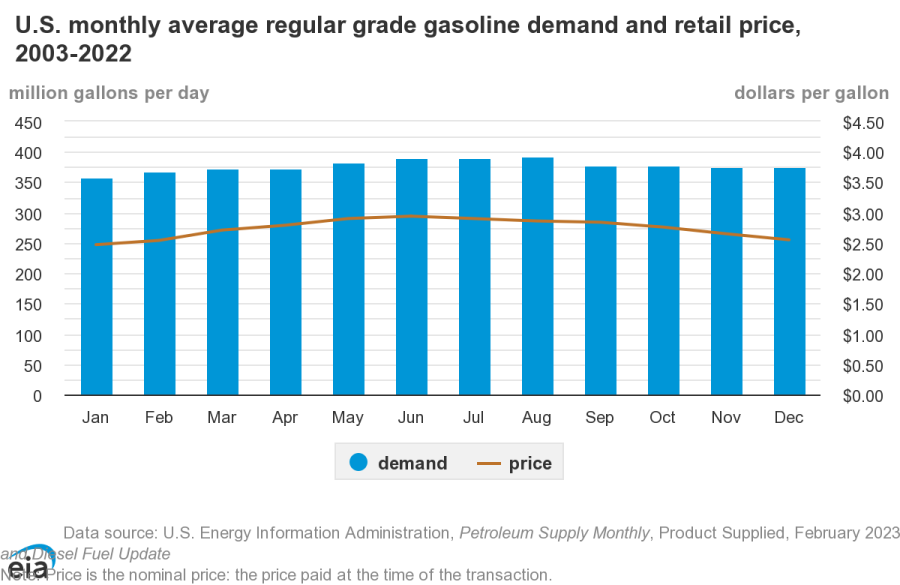Winter gas is returning: What does that mean for your wallet?

CLARKSBURG, W.Va. (WBOY) — Starting Saturday, gas stations will begin selling the winter blend of gas, which will likely affect your spending at the pump.
Between May 1 and Sept. 15, gas terminals are required to use a less volatile and slightly more expensive blend of fuel, or “summer blend” gas. After that time, they can begin selling “winter blend” gas.
According to AAA, winter blend gas is cheaper than summer blend gas because it is able to contain more butane. Butane is less expensive compared to other gasoline ingredients but also helps your gas ignite in lower temperatures. However, this added butane makes the gas slightly less energy-efficient.
These are the best employers in West Virginia, according to Forbes
During this winter gas period, GasBuddy says, you may notice a price drop from 10 to even 30 cents per gallon, but you also might notice slightly lower gas mileage overall. To mitigate this decrease in gas mileage, AAA recommends the following tips for getting the most out of your tank:
Keep tires properly inflated.
Avoid rapid acceleration and braking.
Use cruise control on the highway when it’s safe to do so.
A lower demand for gas during the winter months also contributes to a lower price per gallon.

Why switch at all?
Gas volatility is measured in Reid Vapor Pressure. The higher the RVP, the easier it is for that fuel to evaporate. Summer gas needs to have a lower RVP so it doesn’t evaporate while it’s in the engine. If it does, it’s likely your car will stop running.
However, what can vary – based on geography – is when the summer fuel mix is used. For example, California has five different regions that all use the summer gas blend at different times.
For the latest news, weather, sports, and streaming video, head to WesternSlopeNow.com.

